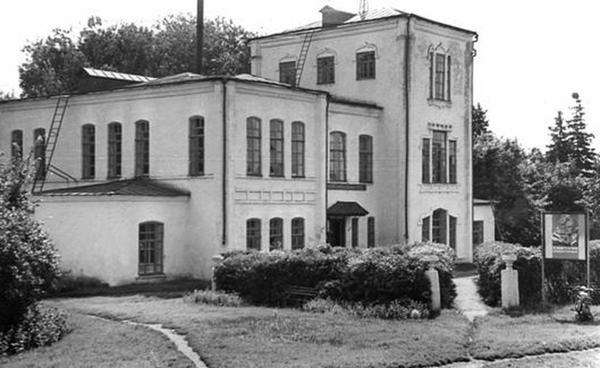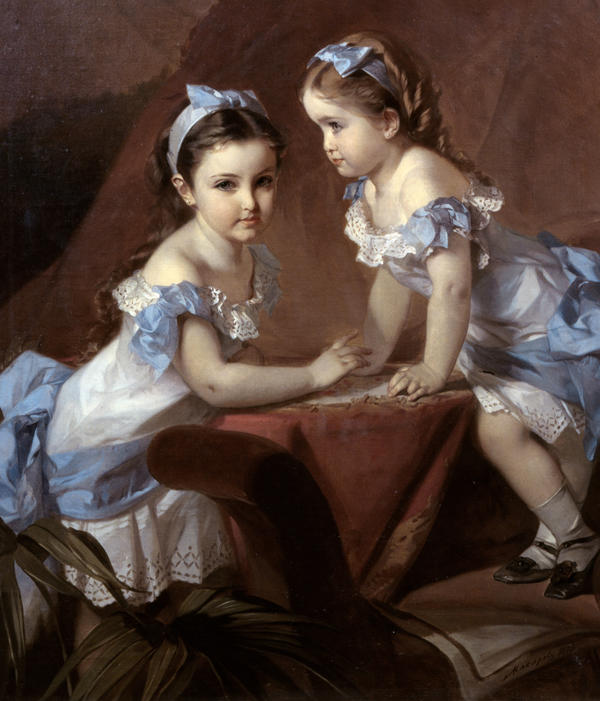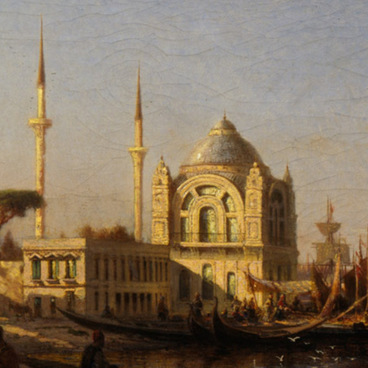The Patriotic War of 1812 and the liberation campaigns in Europe contributed to the widespread appreciation of the military portrait. The focus of artists, working in the prevailing romanticism style at that time, was the human personality, significant because of its own merits, and not because of its origin or the position held.
The painting by Dmitry Antonelli depicts the lieutenant of the Leib Guard’s Chevalier Guard Regiment Andrei Nikolaevich Arapov (1807–1874). A representative of an old noble family, Andrei Arapov, having received his home education, entered the service in the Cavalier Guard regiment and in 1829 was promoted to lieutenant at the age of 22, which probably led to the ordering of the grand portrait in military uniform. After 10 years of service, he resigned as a major with the honorary right to wear his uniform.
Chevalier Guardsmen were one of the most privileged regiments of the Russian army. If the entire guard corps (infantry, artillery, and cavalry) was elite of the Russian imperial army, then its heavy cavalry, above all, the cavalry guards, and the Chevalier Guards were rightfully considered the elite. Only representatives of the Russian aristocracy served as officers there. Soldiers were selected by height and appearance.
In the left hand, the lieutenant holds the headdress of the Chevalier guards - a helmet with the star of St. Andrew the First-Called. With his right hand, he rests on the broadsword - a straight long blade with a wooden handle.
The spectator looks at Andrei Arapov a little from below, his light military uniform with a red collar, golden armor and silver epaulettes clearly stands out against a dark green curtain and a pale sky - this is how the artist emphasizes the significance of the character.






